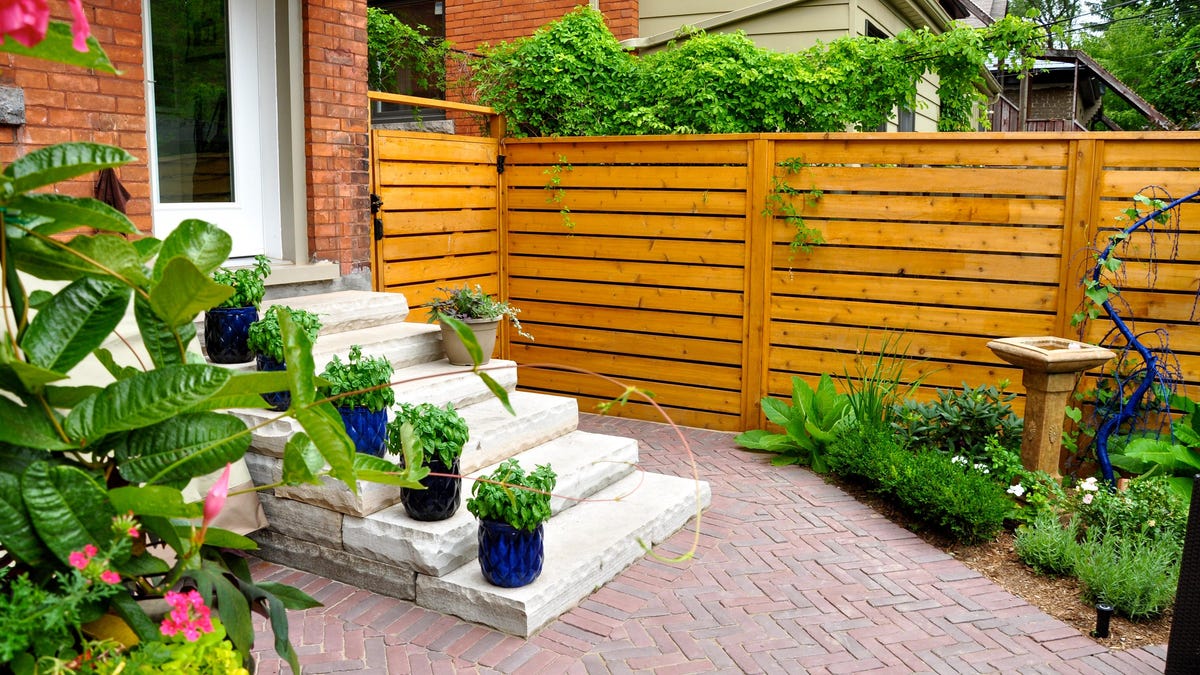How to Make a Pocket Garden

Looking to add some greenery outside of your home but don’t have the time or space for a full garden? A small but powerful pocket garden can be the solution. Here’s what you need to know about pocket gardens, including how to make your own.
What is a pocket garden?
The defining characteristic of pocket gardens is that they are planted in small unexpected and underutilized areas that are otherwise bare. And while pocket gardens are a modern landscape design trend, they’re not a new technique: Generations of gardeners have been planting them to bring outdoor spaces to life with color and texture.
Where to make a pocket garden
All you need to create a pocket garden is a small patch of soil that wouldn’t otherwise be included in your landscaping plans. Places like :
- Deep, wide cracks in the pavement or between paving stones
- patio edges
- Gaps between steps or next to them
- On a plot of land where a large tree was removed
- Inside a hollow stump or decaying log
- Corners or asymmetrical areas surrounding the patio
- Narrow lane between driveway and house
Don’t have a piece of soil to work with? You can also create pocket gardens in containers and hanging planters and place them outdoors in your yard or balcony.
What to plant in a pocket garden
As far as what to plant in a pocket garden , many of the same rules apply as for traditional gardens, such as considering the climate, the amount of sunlight received during the day, and whether it is direct or indirect. And don’t forget to factor in water: Is your pocket garden typically where water collects when it rains? Is it in the shade and largely protected from the rain?
For the most part, people tend to prefer small, low-maintenance gardens , and choose plants accordingly. It is best to choose low need plants that can survive in your climate without much help from you, such as:
- Alpine plants
- Some herbs
- Some herbs (such as mint)
- Succulents (depending on climate)
- Native wildflowers and/or other pollinating plants
As for how to design your pocket garden, it’s ultimately up to you. Some people use these spaces to add contrasting colors to their yard, while others just want something green.